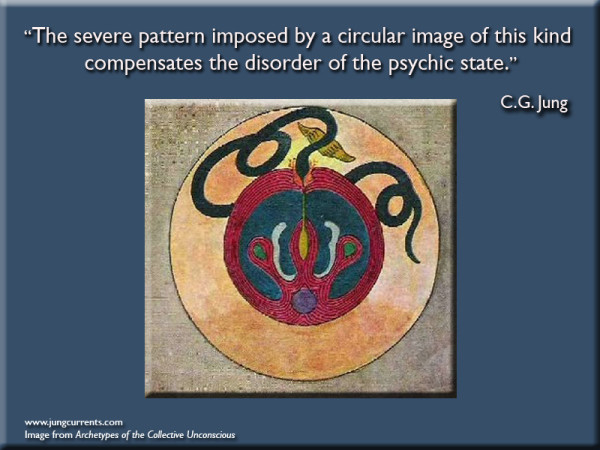C.G. Jung: “The ‘squaring of the circle’ … could even be called the archetype of wholeness.”
Archetypes are complexes of experience that come upon us like fate, and their effects are felt in our most personal life. “The ‘squaring of the circle’ is one of the many archetypal motifs which form the basic patterns of our dreams and fantasies. But it is distinguished by the fact that it is one of…

